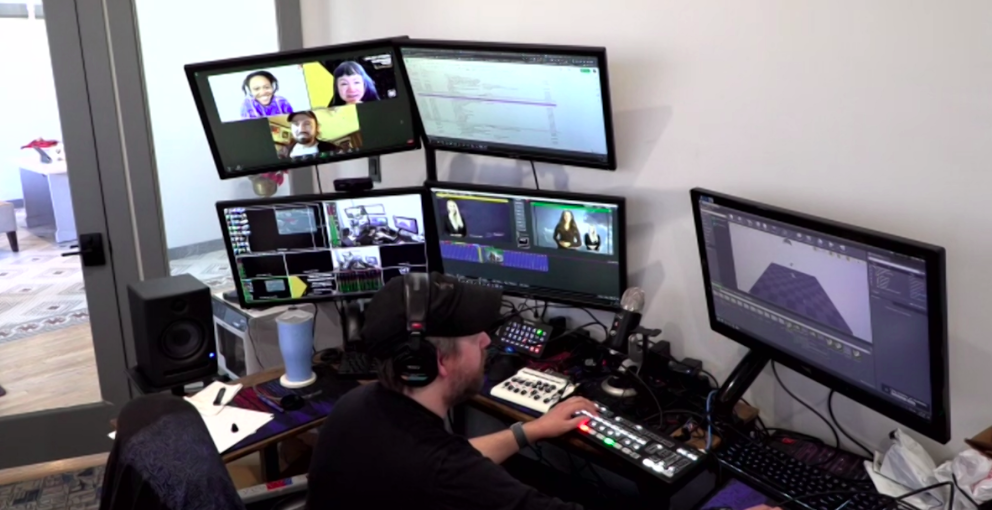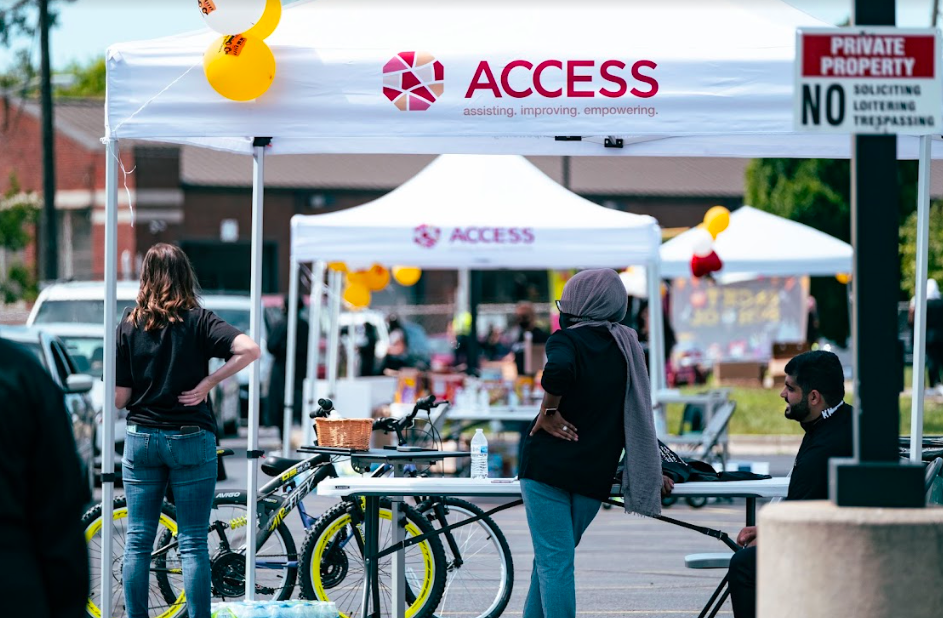Embracing technology as an equalizer
Before COVID-19, the staff of the Harvey B. Gantt Center for African-American Arts and Culture discussed digital work “in concepts,” says CEO David Taylor, but did not have “the courage or resources to move forward.” He says it was “one of those things you would hope to be able to do.” A pre-COVID Knight Foundation grant partially funded a new staff role to work on digital programming, which, Taylor says, “allowed me to imagine what it could be…to go through a growing process to define what technology meant to us.” When being open was not an option due to COVID closures, Taylor says he found that “the runway was already paved, and COVID was the launching pad.”
The Gantt creates both art exhibitions and public programming. It transitioned an existing community program to a Zoom series called Unmasked, because of the need to both wear masks and to unmask stories. After the murder of George Floyd, the Gantt’s next Unmasked program drew over 2,000 people online, from 47 states and 7 countries. Taylor saw in that moment people from some of the wealthiest communities and the poorest communities all sign on for the same program. It was, he says, an “example of the power of what digital work could be.” Technology can be “a great equalizer—even though there are still disparities in internet access, there is equalization, too.”
Repurposing its staff to create digital work, the Gantt started running Unmasked every week. An assistant became an early Zoom expert, and the chief experience officer created runs of show and led every Zoom session as a fully produced event. Next, the Gantt added Open Air, a series of events showcasing an individual artist, often tied to an exhibition or a piece of work on display at the museum. Without a virtual platform, this series would not have been possible, as the featured artists were spread across the US and the world. Producing these virtual programs consistently has taken discipline, Taylor notes. Audience attendance can vary, but the Gantt continued “having the courage to be consistent,” he says, in spite of audience number fluctuations.
Currently, the Gantt is transforming its learning space, trying to make it creative and vibrant. In 2022, Taylor envisions hosting digital media programs, reaching younger generations to learn about topics like game design. The new space would also allow visiting artists to create photography and film on site.
The Gantt is also rethinking and redefining the role technology plays in all its work, even at the most basic levels. Rather than upgrading equipment, the museum is questioning whether docents leading tours are using the current iPads and monitors to their fullest potential. For every program suggested, the Gantt asks whether there are virtual opportunities that could enhance it, seeking to reimagine how its events have traditionally worked. The Gantt now has the capacity to live stream or share programs later, and attendance data suggests that this has not diminished in-person attendance.
Through these shifts, the Gantt hopes to “win some mindshare,” particularly of younger audiences. In the long term, the Gantt might build a subscription service that would give access to its programming. Taylor acknowledges that before a subscription can be successful, people need to see value in it. He hopes that meeting the younger generations where they are—on their phones—and allowing them to access content at their own time and pace will show them the relevance of the Gantt’s work.
Taylor believes it is critical for staff members to have significant, uninterrupted time to think about being innovative. He observes that even in large institutions, staff members might be assigned to specific digital work, but rarely have the time to develop ideas about what digital work might be. Now, as many other organizations are moving away from digital work, Taylor wants to accelerate it. He thinks the work the Gantt does “is applicable to Anytown, USA.” For example, the programming the Gantt created for Charlotte teachers about building ethical classrooms would be applicable for teachers anywhere. Taylor is also thinking about reaching across the US to rural communities that may not have access to institutions like the Gantt. “The world is not as big as it used to be,” Taylor explains, and technology lets us “play like a large institution.” The Gantt is literally in the shadows of a larger art institution across the street, but Taylor says, “We’re the leader; we can be a giant in this space, even though we’re a small organization.”









